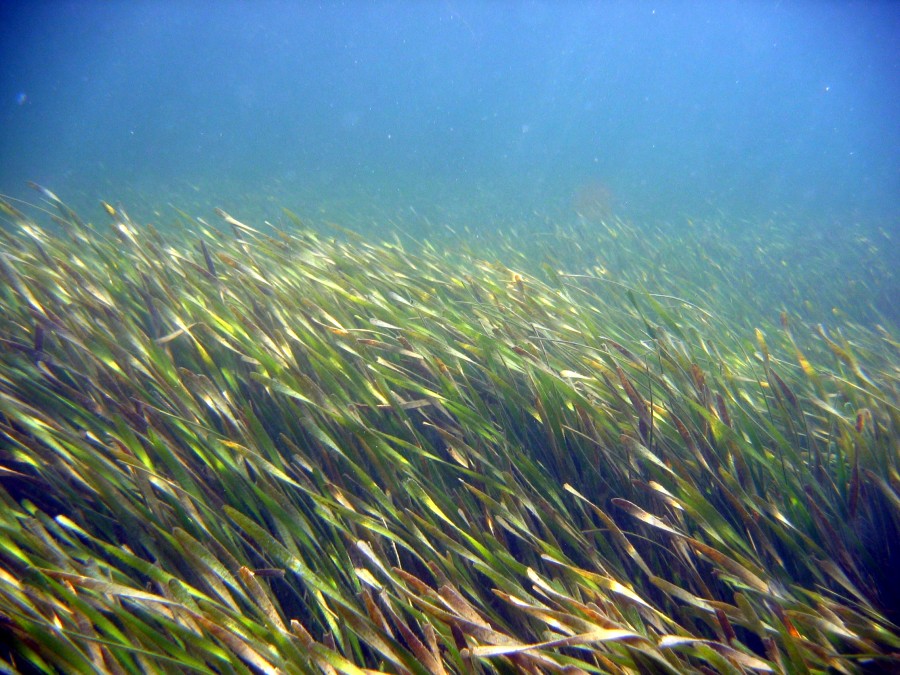
You can have a man and a plan, but it won’t go far without money. A proposal to encourage innovative technology to address desperately needed seagrass restoration has all three, and is moving to the House floor.
The initiative would involve a partnership between the Department of Environmental Protection (DEP), the Mote Marine Laboratory and the University of Florida (UF), and establish the Initiative Technology Advisory Council as part of its plan.
“In recent years, seagrasses along both coasts have been rapidly lost,” Bradenton Republican Rep. Will Robinson said to the House Infrastructure Strategies Committee.
“HB 1181 seeks to address this issue and build upon a strong partnership between nursery restoration practitioners and top marine and genetic scientists to generate a sustainable source of genetically resilient and naturally reproducing Florida seagrasses.”
Making up the Council would be “marine science, technology development, and natural science management representatives from this state’s aquatic preserves, private institutions, and public or private research institutions.”
Mote and UF would be required to create a 10-year “Florida Restoration Plan” to implement tools and technologies created through the initiative. The project is funded through $2 million in general revenue annually from Fiscal Years 2023-24 to 2027-28.
“We heard some foreshadowing about this bill in the water committee, and it’s great to have species that will be more viable, for all the effort we go through to replant seagrass,” St. Johns Republican Rep. Cyndi Stevenson said.
“We’re having a problem in the St. Johns County area — I’m on the side of the river that grows the most grass, apparently — and we’re really excited to have more effective scientific-backed ways to be more successful with our planting efforts.”
For the Advisory Council, the Governor would appoint a member from private commercial enterprise, while the President of the Senate appoints someone from a public or private Florida university.
The House Speaker would appoint a non-university representative from a marine environmental organization, while the DEP Secretary appoints an expert in seagrass, and the Florida Fish and Wildlife Conservation Commission Executive Director appoints someone with seagrass expertise from the Fish and Wildlife Research Institute.
“(Seagrasses) provide food and habitat to numerous species, stabilize the ocean bottom, maintain water quality, and help support local economies,” according to a House staff analysis.
“The threats facing seagrasses could cause regional die-offs, which can affect many aspects of human life. It is estimated that 7,400 acres of seagrass were lost between 1943 and 1994. Between 2011 and 2019, approximately 58% of seagrasses were lost, with offshore ends of canopies moving shoreward and to shallower areas.”
The main threat to seagrasses is a lack of light, which can be caused by phytoplankton blooms caused by nutrient runoff, and water turbidity caused by dredging operations. Boat propellers in shallower waters also can cause long-term damage to or destruction of seagrass beds.


